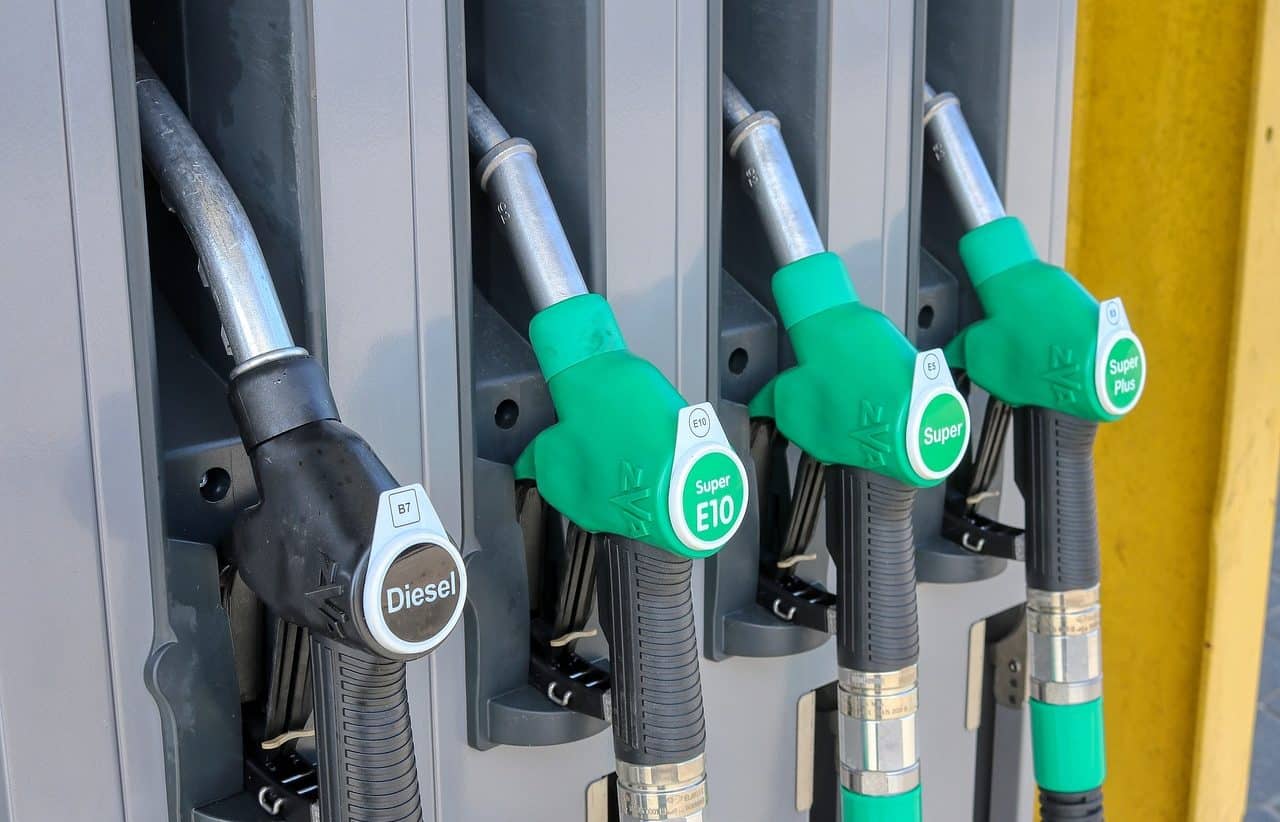
Octane rating reflects the amount of octane in a fuel.
Octane rating is the amount of octane present in a fuel . To understand the concept, therefore, we must know the meaning of octane and fuel.
An octane is a type of hydrocarbon that has 8 carbon atoms . A fuel, for its part, is a combination of different hydrocarbons that is used to ensure the proper functioning of an engine.
Octane is the scale that allows rating the anti-knock power of fuels, when they are compressed in the cylinder that is part of an engine. This scale, also known as octane index or octane number , considers a certain combination of hydrocarbons as a basis for making the corresponding comparison.
Importance of octane
Engines are most effective when they can use a high compression ratio. To maintain this effectiveness, however, it is necessary that the fuels (among which gasoline or naphtha can be mentioned) are able to tolerate the level of compression without causing detonation or premature combustion .
When an engine receives a fuel that has a higher octane rating than that used in its operation, no harm is done, although no benefit is obtained either. The problem arises when the octane rating of the fuel is lower than that required by the engine.
In that case, when the octane number of a fuel is not sufficient and the engine has a high compression ratio (the number used to calculate the proportion in which the air or the air-fuel mixture in the engine is compressed), combustion chamber of a cylinder), the mixture self-ignites , meaning that combustion takes place in a too short period of time and premature detonation occurs, which results in the piston being hit abruptly and engine performance is reduced so drastic, with the possibility of considerable breakdowns taking place. In mechanics' jargon, this phenomenon is often called connecting rod rattling , pistoning , or knocking.

Octane is associated with the quality of a fuel.
Various values
Although in the commercial field a single octane number is usually considered, there are two values present in the technical specifications at an international level, which serve to measure how gasoline behaves in two different situations:
- RON ( Research Octane Number ): it is common to see it at service stations and represents, approximately, the way gasoline behaves in the city, taking into account the high number of accelerations necessary to urban trips, given the numerous breaks caused by traffic lights and other elements.
- MON ( Motor Octane Number ) : This value is obtained from the octane in a static engine and seeks to reproduce the situation that occurs on a highway, where driving is done regularly and there are not many interruptions.
Octane improvement
There are several technologies that have been developed around the world to improve the octane rating of various fuels, although the following stand out: avoiding additives in gasoline through new catalytic reforming , isomerization and refining techniques, among other processes , which considerably reduces or eliminates the need to use tetraethyl lead; or the creation of ecological additives, such as Methyl-Ter-Butyl-Ether (MTBE) and Ethyl-Teer-Butyl-Ether (ETBE), which replace the highly polluting tetraethyl lead, increase the octane number and give the fuel a greater oxygenation, improving combustion and engine performance .
Octane rating, in short, reflects the quality of the fuel . If the fuel has a high octane rating, premature detonation will be avoided and the release of useful energy will be increased.
